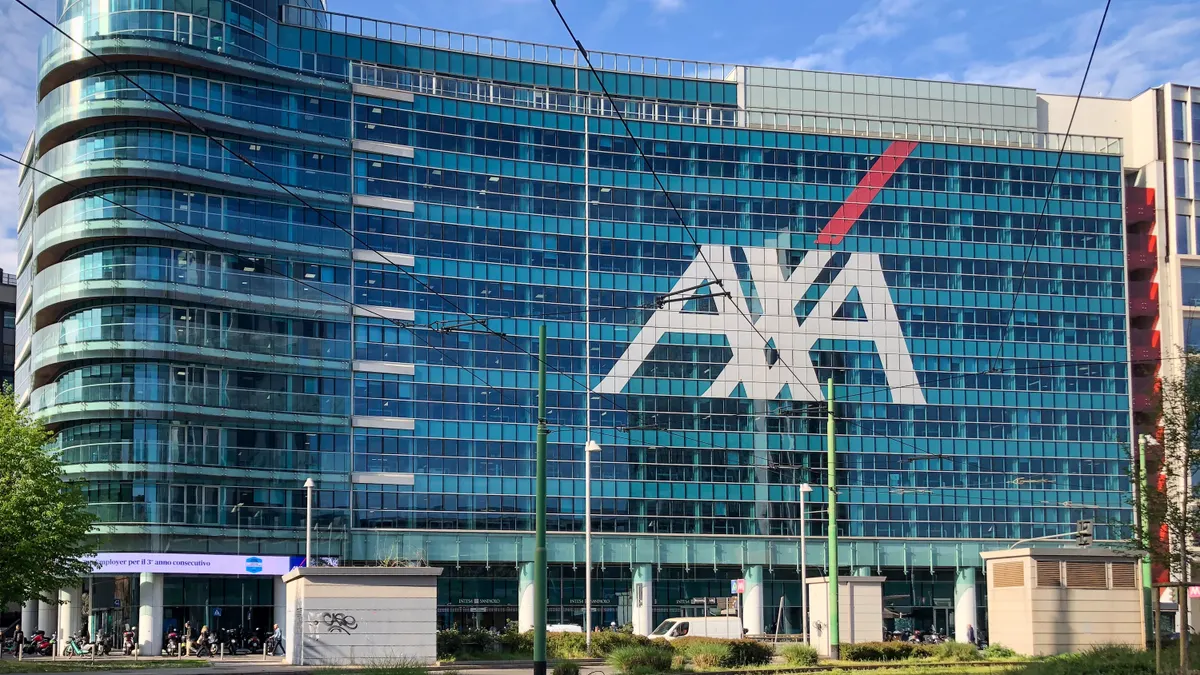SaaS shapes how companies operate, from back-office procurement or payroll to automated manufacturing processes.
In 2022, companies will use SaaS to enable operations, with productivity tools taking up the largest share of the overall software budgets for 2022, according to a report from Spiceworks Ziff Davis.
Prioritizing productivity is a broader trend in IT: the top goal for the year ahead is improving day-to-day operations, no matter what technologies or strategies are used to get there.
SaaS buying will continue to decentralize in 2022, reorienting which leaders are doing the buying and how tools are acquired.
Here are five trends that will shape enterprise SaaS use in 2022:
1. The cloudification of everything
While cloud once lured executives with cost opportunity and scale, the bigger selling point in 2022 is around features. Cloud-based SaaS providers depend on features to compete, and customers are taking note.
In 2022, executives will continue to "look inside the business to see what they do want to keep control of versus outsource to the cloud," said Brian Bronson, president of Americas and APAC at Capgemini Engineering. The process will direct executives toward purchasing SaaS and applications from vendors.
As SaaS becomes more central to operations, organizations will hire more staff, investing in people who can help manage critical third-party platforms.
2. The middle buyer strategy expands
Vendors have to look beyond customer technology budgets to grasp what types of software will sell in 2022. More business units will opt to independently procure SaaS licenses as software grows more decentralized.
Four in 10 board of directors say they're shifting the digital business budget to line of business units, according to Gartner research.
"They're doing that because they want to grow the business back faster," said David Groombridge, research VP at Gartner.
This shift will change how CIOs approach the procurement and use of SaaS tools across the organization.
"Does the CIO try and stand in the way of that? Do they try and impose or reimpose the controls that they had when the budget sat with them? That's probably not going to be possible to do: The world has moved on," said Groombridge.
Rather, as line-of-business leaders procure SaaS, the CIO has to work to build a much more influence-led organization, according to Groombridge. "We're going to have to move from mandates to enabling the business to buy in a secure way," he said.
3. Modular software buying
SaaS vendors have long thrived on selling products in bundles. While bundles have become more customizable over time, enterprise buyer swill emphasize modularity.
"We will see more desire to buy software in a composable form and less as large monolithic applications," said Groombridge. This trend will echo in the SaaS market, leading providers to sell solutions in more flexible ways.
CIOs will need to "assess risk carefully before constructing complex application environments around multiple modular SAS components," said Groombridge.
Though this strategy may look like a good short-term strategy when seeking composability in the enterprise, it can lead to an environment that depends on too many provider integrations, according to Groombridge.
4. The power of APIs
Business leaders will keep APIs and interoperability in mind when shopping for SaaS this year. In part, the experiences of the pandemic put this technology in the spotlight.
"Even the industries that weren't reliant on digital platforms before are suddenly realizing they can't do things the way they used to," said Brian Jackson, research director, CIO practice at Info-Tech Research Group. Businesses accelerated digital adoption as they moved in-person processes, such as signatures or other paper-based tasks, to the digital realm.
But what happens if new, unforeseen problems arise? The need for interoperability through APIs will guide SaaS decisions, as IT leaders try to design systems that can scale and adapt.
"Platforms that allow for good API integration and connectivity — they're going to be very important," Jackson said.
5. SaaS: the secret talent tool
C-suite members list access to talent among their top concerns for 2022, and SaaS tools could play a role in their response strategy.
"Top talent is going to look for places to work where they can be successful," said Marc Friedman, CEO of Cadalys. Entering the market as hot commodity, technologists will judge competing offers by looking at what companies can do to improve their efficiency — including what type of software they'll have access to and how well designed the tech stack is.
"If you are a rock star employee and you have a choice of anywhere you can go to work, you're not going to go work for the company that has created their tech stack where you have to use 33 separate applications to do your job," said Friedman.























